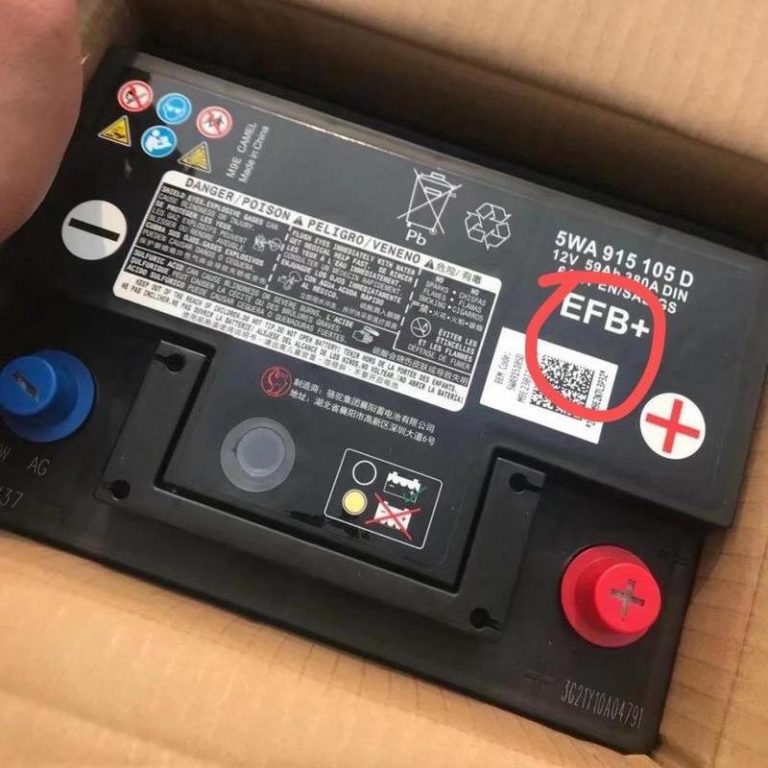AGM gegen Bleisäurebatterie: Eine eingehende Analyse
Hauptversammlung vs Blei-Säure-Batterie. Bei der Auswahl der richtigen Batterie für Ihre Anforderungen, Hauptversammlung Batterien und herkömmliche Blei-Säure-Batterien sind die beiden häufigsten Optionen. Dieser Artikel enthält Käufer von Entscheidungen, indem sie technische Spezifikationen analysieren, Anwendungsszenarien, Marktpreise, und zukünftige Entwicklungen, unterstützt durch Daten und Fallstudien.
1. Technische Prinzipien und Kernparametervergleich
Hauptversammlung (Absorptionsmatte) Batterien verwenden Glasfasermatten-Separatoren, um den Elektrolyten zu absorbieren, Verbesserung der Energieumwandlungseffizienz und Speichersicherheit. Im Gegensatz, Herkömmliche Blei-Säure-Batterien verwenden flüssige Elektrolyte, erfordern regelmäßige Wartung und Nachfüllung.
Vergleich wichtiger Parameter
| Parameter | AGM -Batterie | Herkömmliche Blei-Säure-Batterie |
|---|---|---|
| Energiedichte | 50-80 Wh/kg | 30-50 Wh/kg |
| Zyklusleben | 300-500 Zyklen (Tiefentladung) | 200-300 Zyklen (flacher Ausfluss) |
| Selbstentladungsrate | 1-3% pro Monat | 5-10% pro Monat |
| Leistung bei niedrigen Temperaturen | Beginnt bei -40°C (30% höherer Anlaufstrom) | Unterhalb von -20 °C nimmt die Leistung stark ab |
| Wartungsanforderungen | Wartungsfrei | Erfordert regelmäßige Elektrolytkontrollen |
Vergleich mit der realen Welt
- Ein Autobesitzer berichtete, dass dies bei -30 °C der Fall war, eine AGM-Batterie (Z.B., Bosch S5) lieferte einen Anlaufstrom von 800A, wohingegen eine herkömmliche Blei-Säure-Batterie (Z.B., Varta Blau) nur 500A vorgesehen, Erhöhung der Starterfolgsquote um 60%.
- In Solarenergiespeichersystemen, AGM-Batterien gewartet 80% Kapazität nach 500 Zyklen, wohingegen herkömmliche Blei-Säure-Batterien abgebaut werden 60% nach gerade 300 Zyklen.
2. Anwendungsszenarien
AGM-Batterieanwendungen
- High-End-Fahrzeuge: Ideal für Autos mit Start-Stopp-System (Z.B., BMW, Audi) erfordern häufige Lade- und Entladezyklen.
- Solarenergiespeicher: Geeignet für netzunabhängige Photovoltaikanlagen mit Tiefentladungsanforderungen.
- Medizinische Ausrüstung: Wartungsfrei und geringes Leckagerisiko, Dadurch eignet es sich für USV-Notstromversorgungen.
Traditionelle Anwendungen für Blei-Säure-Batterien
- Economy-Autos: Geeignet für Standardfahrzeuge ohne Start-Stopp-System (Z.B., Toyota Corolla).
- Elektrische Dreiräder: Kostensensible Anwendungen mit geringem Entladungsbedarf.
- Industrielle Notstromversorgung: Wird häufig in USV-Systemen für Rechenzentren verwendet.
3. Marktpreis- und Kostenanalyse
| Typ | Preis (12V 60Ah) | Gesamtlebenszykluskosten (10 Jahre) |
|---|---|---|
| AGM -Batterie | ¥800-1500 | Niedrig (Wartungsfrei + lange Lebensdauer) |
| Herkömmliche Blei-Säure-Batterie | ¥400-800 | Hoch (erfordert Ersatz 2-3 mal) |
Beispiele
- Ein Benutzer konfigurierte ein AGM-Batteriespeichersystem für seine Tesla Powerwall mit einer Anfangsinvestition von ¥ 12.000, was keinen Ersatz erforderte 10 Jahre. Die Verwendung von Blei-Säure-Batterien würde stattdessen drei Austausche erfordern, Insgesamt kostet es ¥ 15.000.
- Ein Taxifahrer nutzt eine AGM-Batterie (Z.B., Varta-Hauptversammlung) 3.000 Yen pro Jahr an Kraftstoffkosten eingespart durch verbesserte Start-Stopp-Effizienz, Ausgleich der Preisdifferenz innerhalb von zwei Jahren.
4. Markttrends und Zukunftsaussichten
AGM -Batterie
- Wachstumstreiber: Es wird erwartet, dass die weltweite Verbreitung von Start-Stopp-Systemen zunehmen wird 35% In 2023 Zu 70% von 2030 (Strategy Analytics-Prognose).
- Herausforderungen: Die sinkenden Kosten für Lithiumbatterien (Z.B., Lithium -Eisenphosphat) könnte den Anteil von AGM am High-End-Speichermarkt schmälern.
Blei-Säure-Batterie
- Sinkende Nachfrage: Europa plant, den Verkauf von kraftstoffbetriebenen Fahrzeugen zu verbieten 2035, Reduzierung des Bedarfs an herkömmlichen Blei-Säure-Batterien.
- Verbleibende Märkte: Entwicklungsländer verlassen sich immer noch auf Blei-Säure-Batterien für erschwingliche Elektrofahrzeuge und Notstromversorgung (Z.B., Indiens Markt für Blei-Säure-Batterien wächst um 5% jährlich).
Marktdaten
- Der globale Markt für AGM-Batterien wurde mit bewertet $12 Milliarden in 2023 und wird voraussichtlich erreicht werden $21 Milliarden von 2030 (CAGR 8.3%).
- Der Markt für Blei-Säure-Batterien hat sich gelohnt $45 Milliarden in 2023 wächst aber nur 1.5% jährlich.
5. Häufig gestellte Fragen
Q1: Benötigt mein normales Auto eine AGM-Batterie??
Antwort: Wenn Ihr Fahrzeug über kein Start-Stopp-System verfügt und Ihr Budget begrenzt ist, Eine Blei-Säure-Batterie ist kostengünstiger. Zum Beispiel, Der Austausch einer Blei-Säure-Batterie in einem Honda Civic kostet 500 Yen, wohingegen eine AGM-Batterie ¥ 1.000 kostet, bietet für solche Autos kaum einen Mehrwert.
Q2: Leiden AGM-Batterien in Hochtemperaturbereichen??
Antwort: AGM-Batterien haben einen größeren Betriebstemperaturbereich (-40° C bis 60 ° C.) als Bleisäure-haltige, Eine längere Einwirkung von Temperaturen über 70 °C kann jedoch ihre Lebensdauer verkürzen. Zum Beispiel, Benutzer im Nahen Osten berichten, dass AGM-Batterien (Z.B., Optima RedTop) Hält unter Wüstenbedingungen bis zu vier Jahre.
Q3: Werden Blei-Säure-Batterien auslaufen??
Antwort: Nicht kurzfristig. Blei-Säure-Batterien bieten Vorteile hinsichtlich Kosten und Recyclingfähigkeit (98% des Bleigehalts können recycelt werden). Jedoch, AGM- und Lithiumbatterien ersetzen sie nach und nach in High-End-Anwendungen.
6. Fazit und Kaufempfehlungen
- Wählen Sie Hauptversammlung: Am besten für Start-Stopp-Fahrzeuge geeignet, Deep-Cycle-Energiespeicherung, oder extreme Umgebungen.
- Wählen Sie Bleisäure: Geeignet für preisbewusste Käufer, Notstromanwendungen, oder kurzfristige Nutzung.
Endgültige Entscheidungsformel:
Wählen Sie Hauptversammlung = (Start-Stopp-System + Bedarf an niedrigen Temperaturen + Langfristiger Wert) > (Anschaffungskosten + Niedrige Lade-Entladefrequenz)








